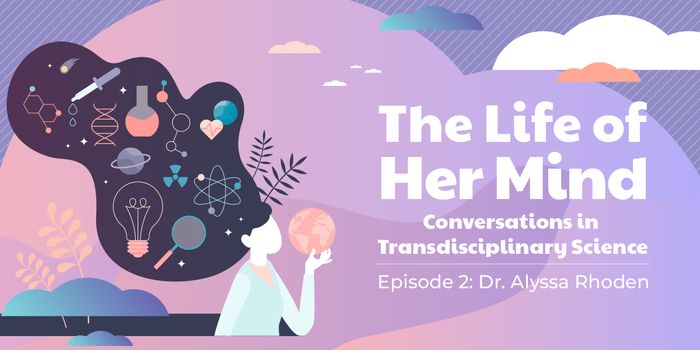From different external sex organs, to different organization of internal sex organs, to presence of different hormones, and different secondary sexual characteristics, males and females have many causes for sex differences in disease that can be traced back to the genetics of X and Y.
Due to these differences, some diseases occur only in males and others only in females. The presence of the Y chromosome or lack thereof, is important in sex-specific diseases. Y-linked diseases such as azoospermia can only affect males because, by definition, only males carry the Y-chromosome. Similarly diseases that affect the sex organs are also sex-specific. Testicular and prostate cancers are maladies that affect only males because these organs are absent in females. In contrast, ovarian cancers are limited to females.
The imbalance of the X chromosome number between males and females is corrected via X-inactivation, the process by which one of the two X chromosomes in females is inactivated early in embryogenesis. X-inactivation in humans is random - the cell may activate the paternal or the maternal X chromosome; however the inactivated X stays inactivated in all daughter cells. From the point of diseases, it can be argued that males are at a disadvantage for having just one X chromosome. Because of X-inactivation, females have a 50% chance of inactivating an X chromosome that harbors a deleterious mutation while the normal X chromosome is the only active one. Males, on the other hand, have the same chances (100%) of inheriting a mutated X chromosome as they do a normal one. The odds are apparent when evaluating X-linked diseases such as hemophilia and color blindness, where the majority of affected individuals are males.








